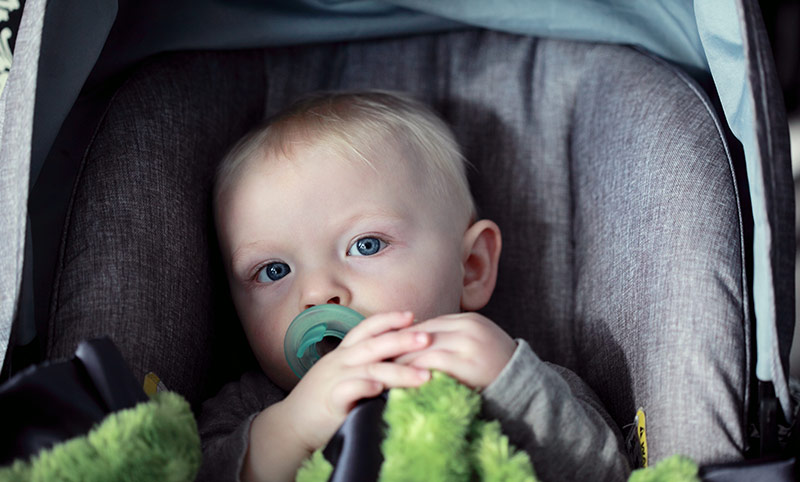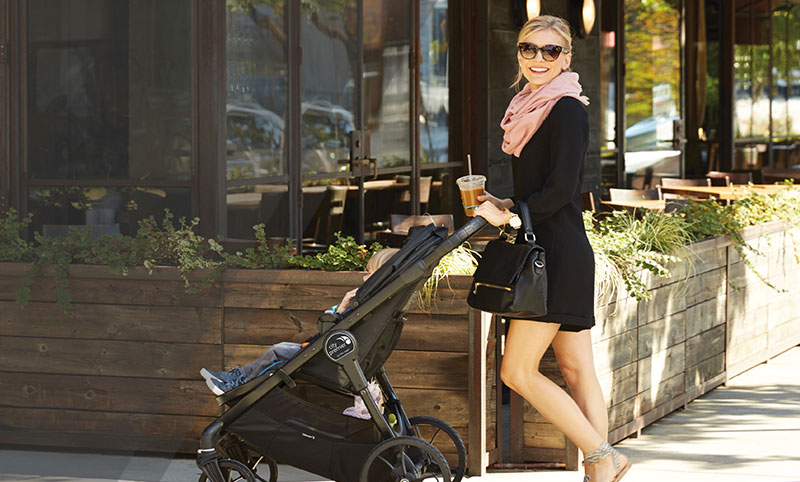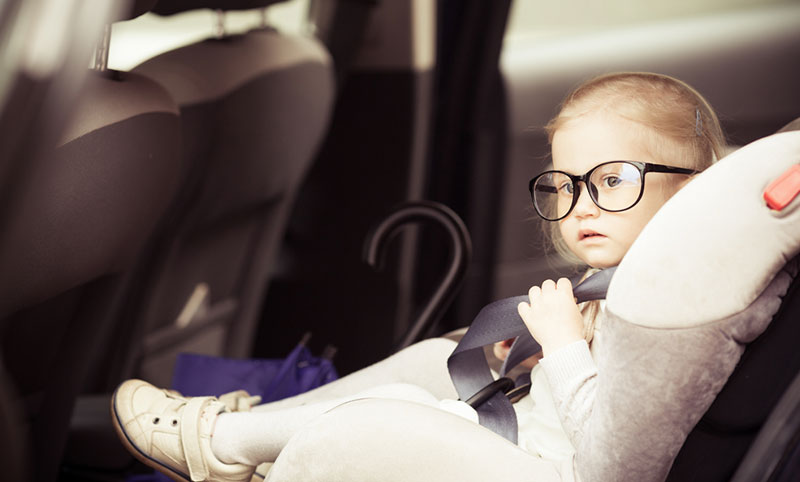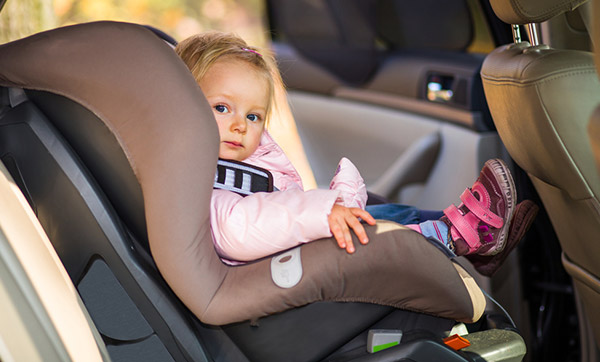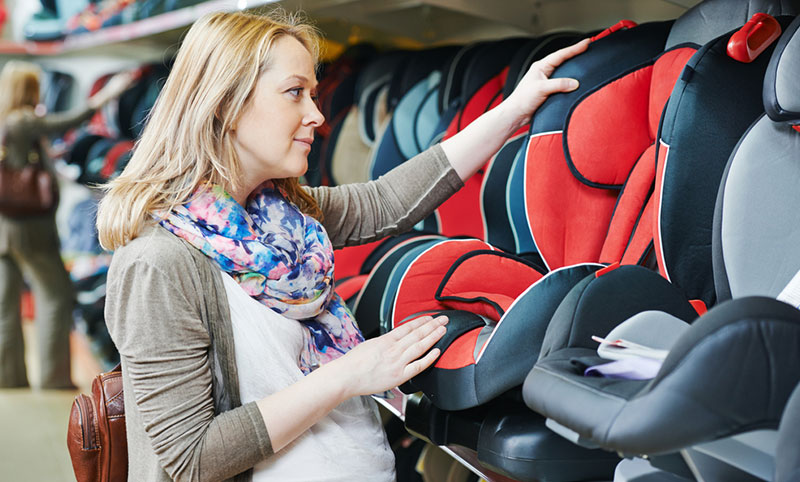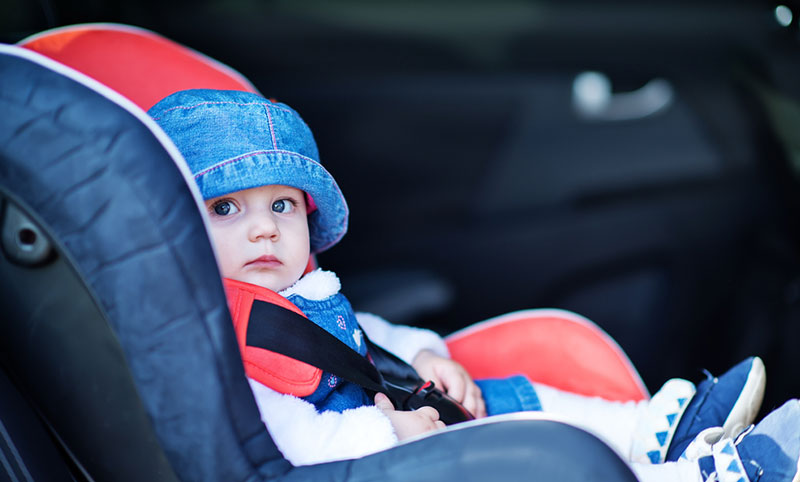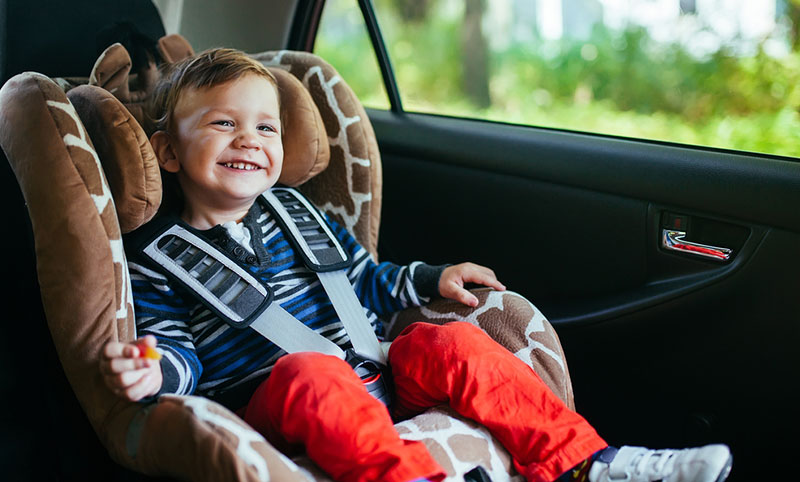
New Car Seat Safety Features
What You Should Know About New Car Seat Safety Features
According to the National Highway Traffic Safety Administration (NHTSA), over 80 percent of child car seats are installed incorrectly. The NHTSA believes that the full effectiveness of child restraint systems is not being realized due to different car seat designs and features that affect the compatibility of child restraints with vehicle seating and seat belt systems. In order to simplify the installation process, an innovative anchorage and tether system known as Lower Anchors and Tethers for Children, or LATCH, has been developed. Beginning September 1, 2002, all new car seats and vehicles will be equipped with this new system, and that means big changes for both car seat and automobile manufacturers. This article will help you get up to speed on this important new development in car seat safety.
See our complete guide for choosing a Baby Car Seat.
What is LATCH?
LATCH is a new standardized child restraint system designed to simplify child safety seat installation and enhance child safety. The result of a new government regulation (FMVSS 225) aimed at reducing the number of car seats that are installed improperly, the goal of the new LATCH system is simple: To increase the effectiveness of car seats by requiring an easy-to-use anchorage system independent of the vehicle seat belts. The LATCH system calls for vehicles to be equipped with one upper (tether) and two lower anchorage points. The upper (tether) anchorage will be a ringlike object permanently attached to the vehicle on either the rear filler panel or on the cargo floor, depending on the vehicle. The two lower anchorages will be a set of two small bars in the rear seat of the vehicle, generally located where the seat cushion meets the seat back. Outfitted with permanently affixed hooks or buckles that are compatible with the anchorages in the vehicle, LATCH-equipped car seats will now attach to the vehicle seat via these anchorages instead of being held by the vehicle’s seat belts. By September 1, 2002, the LATCH system will be required in two rear-seating positions in all new cars, minivans, and light trucks.
Top Tether Straps
As of September 1, 1999, government regulations have required automobile manufacturers to install built-in top tether anchorages in new passenger vehicles. Almost all convertible car seats and high-backed booster car seats manufactured after this date have top tether straps to attach to the vehicle anchor. The purpose of the top tether strap is to better stabilize the car seat and reduce the potential for the head to move forward, thus lessening the likelihood of injury in a collision. The tether strap is attached to the upper back of the child’s car seat and hooks into an anchor located in the rear shelf area of most passenger vehicles. (The mounting location for certain vehicles, like station wagons and minivans, might be in another position.) The top tether straps are only to be used when car seats are in the forward-facing position. Most car seats manufactured before September 1999 can be retrofitted with a tether strap available through the car seat manufacturer and most cars can be retrofitted at the car dealership. Parents and consumers should be aware that a tether strap alone does not constitute the LATCH system.
Lower Anchorage System
Beginning September 1, 2002, all new cars manufactured will be equipped with two sets of small bars (lower anchors) in the rear seat of the vehicle, generally located where the seat cushion meets the seat back. All car seats manufactured will have permanently affixed hooks or buckles designed to attach to these lower vehicle anchorages. Together, the two lower anchorage points and top tether anchorage make up the LATCH system. The new lower anchorage system can be used by itself for all infant and convertible cars seats in the rear-facing position and with the top tether strap for all forward-facing convertible and high-backed booster car seats. Car seats manufactured before September 1, 2002, can be retrofitted with lower anchor attachments with a LATCH kit sold separately. Most older cars cannot be retrofitted with lower anchors.
Frequently Asked Questions
- Which vehicles have the LATCH system? – All vehicles, including cars, minivans, and light trucks, manufactured after September 1, 2002, will be equipped with the LATCH system in two rear-seating positions. Some vehicles manufactured after September 1999 are also equipped with the LATCH system, so you should ask your car dealer which models are equipped with the LATCH system when you are buying a used car manufactured after September 1999. You can also check your vehicle’s owner’s manual to determine if your older vehicle has predrilled points where tether anchorages can be installed.
- Will the new LATCH-equipped child seats fit my older vehicle? – Yes. New child safety seats that are equipped with the LATCH system can be used in older vehicles. They will have to be installed using your vehicle’s safety belt system without the top tether attachment. (You may be able to install a tether anchor mounting in your older vehicle–contact your vehicle manufacturer for a tether anchor kit). These new seats must continue to meet the current requirements of the standard for head protection when tested without the tether attached.
- Is my current car seat safe? – Yes. Child safety seats on the market today that were manufactured before September 2002 and are not equipped with the LATCH system are safe when used properly and free of recalls. Continue to use your current child seat with the vehicle’s belt system, making sure you have read the owner’s manuals for both the child seat and the vehicle about proper use and installation in your vehicle. If you are in doubt about installation, look for a car seat safety check, or call your local fire department, hospital, police station, or state highway safety office for assistance. Remember–always put children 12 and under in the back seat.
- Can my current car seat be fitted with a top tether attachment? – Possibly. Depending upon when your car seat was manufactured, there are tether kits that you can find in our store or order from your car seat manufacturer.
- Can my older car be fitted with the mounting needed for a top tether attachment? – Probably. Most vehicles can be fitted with the necessary hardware. If you require further information, contact your automobile manufacturer.
- Which child safety seats have a tether? – Most forward-facing child safety seats manufactured as of September 1, 1999 will have a tether strap attached to the child safety seat. The stricter head protection requirement does not apply to rear-facing and belt-positioning booster seats; therefore, they typically won’t incorporate a tether. If your child safety seat was manufactured before September 1, 1999, check your manufacturer’s instructions or contact the child restraint manufacturer to determine if a tether can be added to your child safety seat.
- What about side air bags? – Side-impact air bags, which are not required by law, provide additional chest protection to adults in many side crashes; some also provide head protection. Consumers should be aware that children who are seated in close proximity to a side air bag may be at risk of serious or fatal injury if the air bag deploys, especially if the child’s head, neck, or chest is close to the air bag at the time of deployment. Since children 12 and under should ride in the back seat, you should not purchase a vehicle with an activated rear side air bag unless the manufacturer has determined that those side air bags pose no significant risk to children. Because there are variations in the design and performance of side air bags, check with the dealer or read the owner’s manual for information and warnings about child passengers and side-impact air bags.
- What car seat can I purchase if I drive a new car manufactured after September 1, 2002? – A LATCH-equipped car seat with a permanent top tether and lower anchor attachments, or a LATCH-compatible car seat that comes with a permanent top tether strap but requires the purchase of a LATCH kit sold separately. The kit will retrofit the seat with the lower anchor attachments.
- What car seat can I purchase if I drive a car manufactured after September 2000 and before September 1, 2002? – A LATCH-equipped or compatible car seat for use with your vehicle seat belt system, or a non-LATCH car seat for use with your vehicle seat belt system.
- What car seat can I purchase if I drive an older car manufactured before September 1, 2002? – A LATCH-equipped or compatible car seat for use with your vehicle seat belt system, or a non-LATCH car seat for use with your vehicle seat belt system.
- In vehicles that do not have LATCH anchorages, the vehicle seat belt system can still be used to install any car seat, including the new LATCH-equipped seats.
Car Seats We Love
Amazon Auto Links: No products found.

